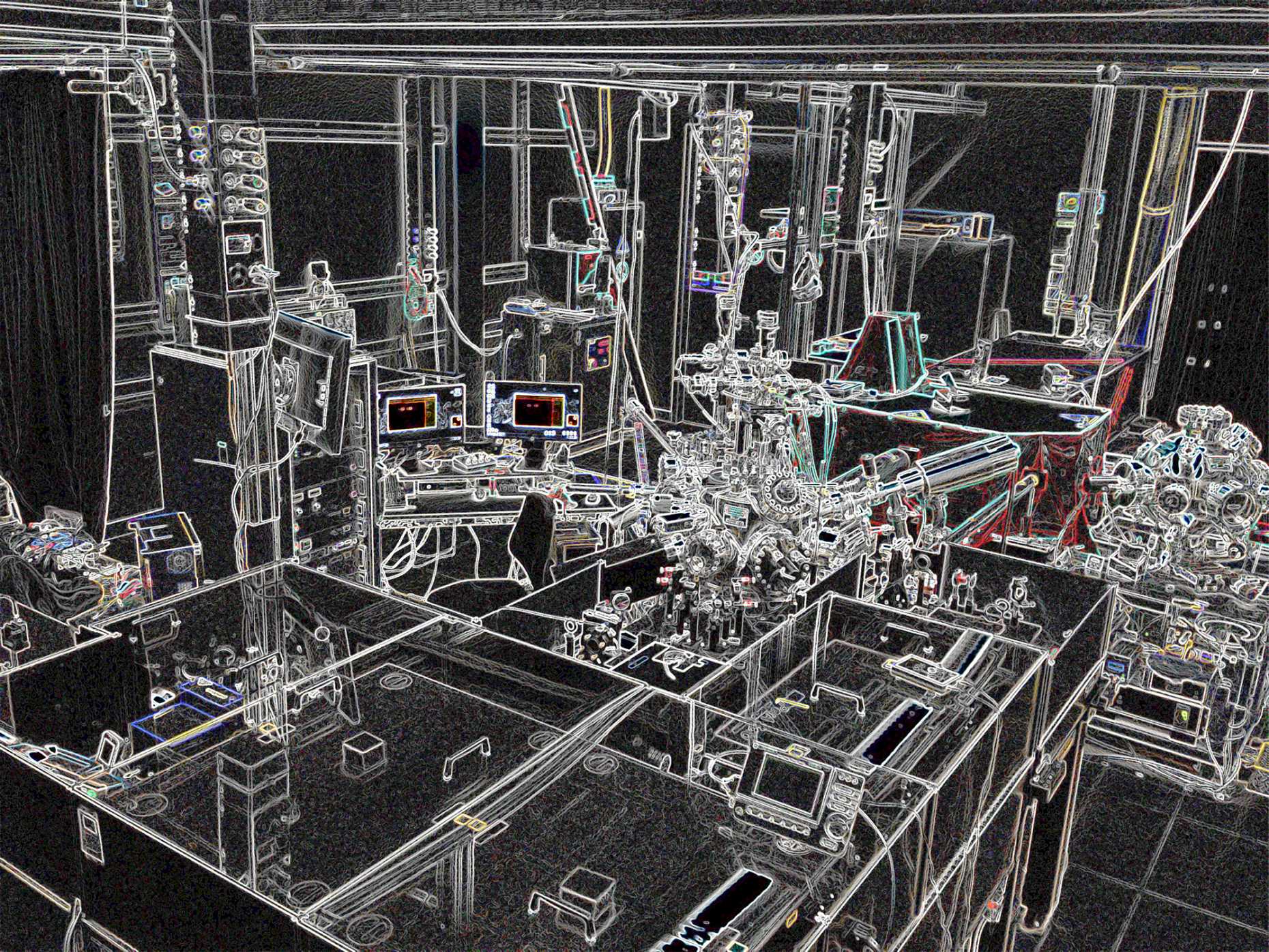Proof of Concept Grant Brings Light to Consumer Electronics
A European Grant allows the Laboratory of Multifunctional Ferroic Materials to build an "atomic camera" that will greatly improve the quality of materials for consumer electronics.
Imagine yourself back in the "good old days". You are asked to build a brick wall. But unfortunately no one tells you the purpose of that wall and it is too dark and foggy to see the environment. Will the wall be part of a prison? In that case, you would use solid bricks and plaster —nothing too brittle. Or will it be part of a city hall or church? Then you might use fancy glazed tiles and bricks of different colours. You are really good at constructing a wall, neatly putting brick upon brick, but you could be so much better if you knew more about what you are building.
That is the same situation many manufacturers are in when they make atomically thin films of materials as they are used in semiconductors, or their successor, oxides, in the consumer electronics industry. Growing such nanoelectronic materials is a delicate business and in order to ensure that those thin films are built with atomic accuracy, electrons are shot at them during the production process. They bounce of the film and tell the manufacturer if all the atoms sit in the right place. But just like with the brick wall you are building in the dark, the bouncing electrons cannot tell you anything about the functionality of the growing film — the purpose it is actually made for. Do its atoms properly line up magnetically during growth so that the film becomes a ferromagnet as it is used in a computer hard disk? Are its electric charges lining up properly to yield a material with minimal energy loss when an electric current is flowing through it?
Three years ago, the Laboratory of Multifunctional Ferroic Materials (FERROIC Lab) decided to virtually bring light into this matter. With the Advanced Research Grant INSEETO of the European Research Council (ERC) they have been developing a special laser-optical technique that allows them to track the properties of oxide-electronic films during their production. They can now see if the material film develops the magnetic or electric properties the consumer electronics industry needs. Since they see this while the film is being assembled in the growth chamber, they can optimize these properties all the way during the composition process.
For doing this, the FERROIC Lab uses a big expensive laser which can only be operated by specialists. Of course, this is nothing the consumer electronics industry would spend money on. What they need, has the size of a shoebox and it is cheap, user-friendly and easy to implement into their production process.
For designing just this kind of device, the FERROIC Lab was now awarded — as one of two groups in Switzerland — an ERC Proof of Concept grant, POLARIS, as a sort of upgrade of their present ERC project INSEETO. The funding allows the FERROIC Lab to design a working prototype of their "atomic camera" over the next 18 months, which could then be the starting point of a spin-off company.
So what kind of improved consumer electronics can we expect from a device like POLARIS? Take batteries, for example. A battery is an appliance for storing electric charge. When it is connected to an electric circuit, the charge begins to flow and powers the circuit, which could be part of a computer notebook or an electric car. Even the best of these run out after a few hours or a few hundred kilometers. So if we have notebooks that can run on their battery for days or cars making it to the south of Europe without recharging, it could be just due to battery materials improved through the use of POLARIS.
external page Read more about the ERC Proof of Concept Grant
To the FERROIC Lab
